Cat Grooming is an essential part of keeping your cat healthy and happy. While cats are known for their self-grooming habits, they still require assistance from their owners to ensure their coats, nails, and overall hygiene are well-maintained.
Regular grooming not only helps in keeping your cat clean but also provides an opportunity to bond and check for any health issues. By understanding and meeting your cat’s grooming needs, you can help them look and feel their best, while also reducing the risk of health problems.
Understanding Your Cat’s Grooming Needs
Every cat is unique, and their grooming needs can vary based on their breed, age, and health. Long-haired cats like Persians require more frequent grooming than short-haired breeds like the American Shorthair. Additionally, kittens and senior cats may need special attention due to their age-related grooming challenges. Understanding these differences is key to developing a grooming routine that suits your cat’s specific requirements.
Also Read:- Effective Cat Training Techniques: Improve Your Cat’s Behavior Today
1. Coat Type and Cat Grooming Frequency
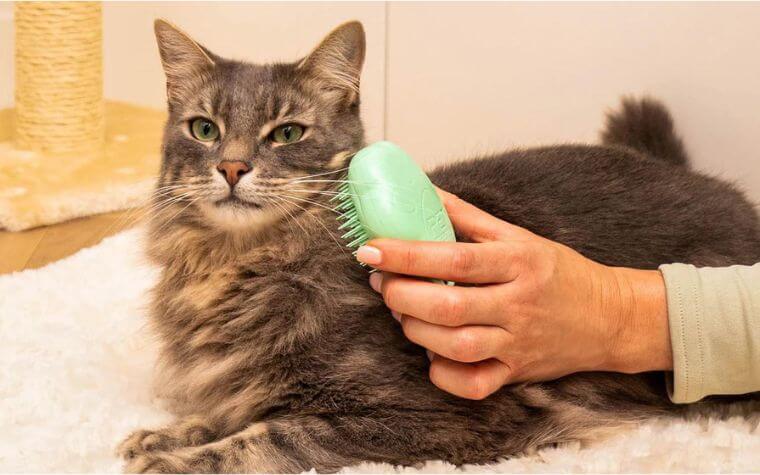
- Short-Haired Cats: These cats usually require grooming once a week to remove loose fur and prevent matting. Regular brushing also helps to distribute natural oils, keeping their coat shiny and healthy.
- Long-Haired Cats: Long-haired breeds need daily grooming to avoid tangles and mats. Their fur can easily become knotted if not maintained regularly, which can lead to skin irritation and discomfort.
- Hairless Cats: Although they lack fur, hairless cats still need regular cleaning to remove excess oils from their skin. Without fur to absorb these oils, hairless breeds like the Sphynx can develop oily, greasy skin that needs to be wiped down frequently.
2. Age and Grooming
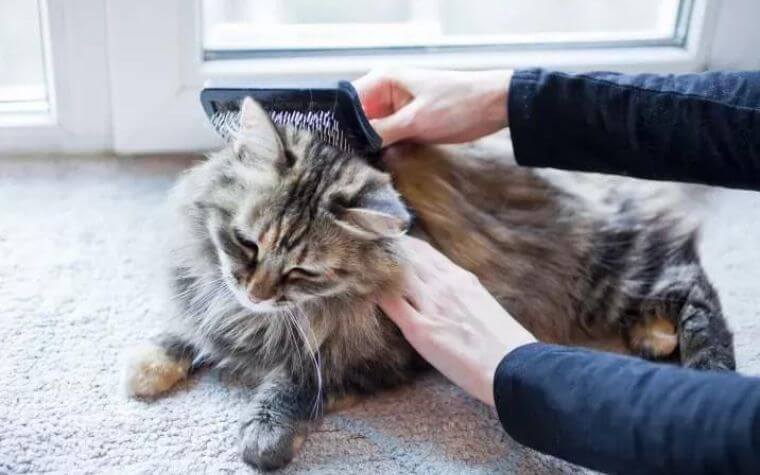
- Kittens: Young cats may need more frequent grooming sessions to get them accustomed to the process. Gentle handling and positive reinforcement are key to making grooming a pleasant experience from a young age.
- Adult Cats: Regular grooming sessions based on their coat type are sufficient. Consistency is important, as it helps to maintain coat condition and allows you to monitor your cat’s health.
- Senior Cats: Older cats may require gentle grooming due to age-related issues like arthritis, which can make self-grooming difficult. They may need extra help keeping their coats tidy, as well as more frequent nail trims if they are less active.
Also Read:- Do Cats Come Back Home if They Are Lost? Tips to Find a Lost Cat
Essential Cat Grooming Tools
Having the right tools is crucial for effective cat grooming. Here’s a list of essential grooming tools for cats:
1. Brushes and Combs
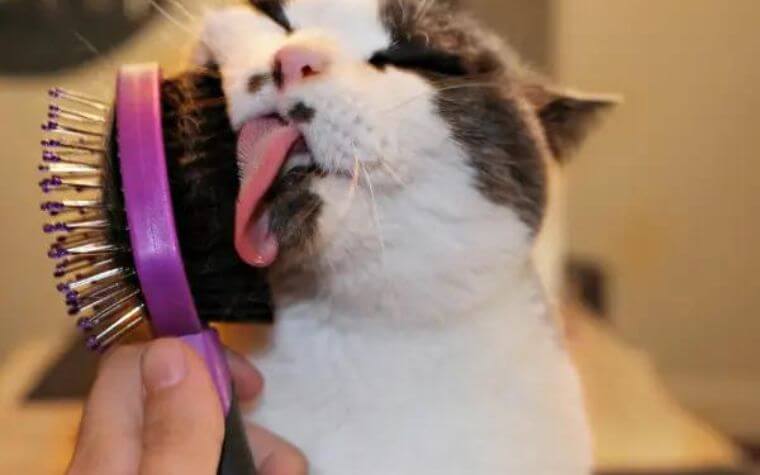
- Slicker Brush: Ideal for removing loose fur and preventing matting in long-haired cats. The fine, short wires in a slicker brush can reach through thick fur without causing discomfort.
- Bristle Brush: Best for short-haired cats to remove dirt and distribute natural oils. This brush helps to smooth the coat and adds shine.
- Wide-Tooth Comb: Useful for detangling knots and mats in long-haired breeds. It’s gentle and effective at working through stubborn tangles without pulling on the skin.
- Flea Comb: Essential for checking and removing fleas. The fine teeth can catch and remove fleas, eggs, and debris from your cat’s fur.
2. Nail Clippers

- Scissor-Style Clippers: Suitable for cutting cat nails without causing discomfort. They offer precision and control, which is important for avoiding the sensitive quick.
- Guillotine Clippers: Easy to use but requires practice to avoid cutting the quick (the sensitive part of the nail). They can be a good option for those comfortable with the technique.
- Grinder: An alternative to clippers for smoothing out sharp edges. Grinders are great for cats who are sensitive to clippers, as they can gently file down the nails.
3. Cat-Specific Shampoo and Conditioner

- Shampoo: Choose a mild, cat-specific shampoo that won’t irritate your cat’s skin. Human shampoos can be too harsh and should be avoided.
- Conditioner: Helps to keep your cat’s coat soft and manageable, especially for long-haired breeds. Conditioners can also help to prevent tangles and mats.
4. Ear Cleaner
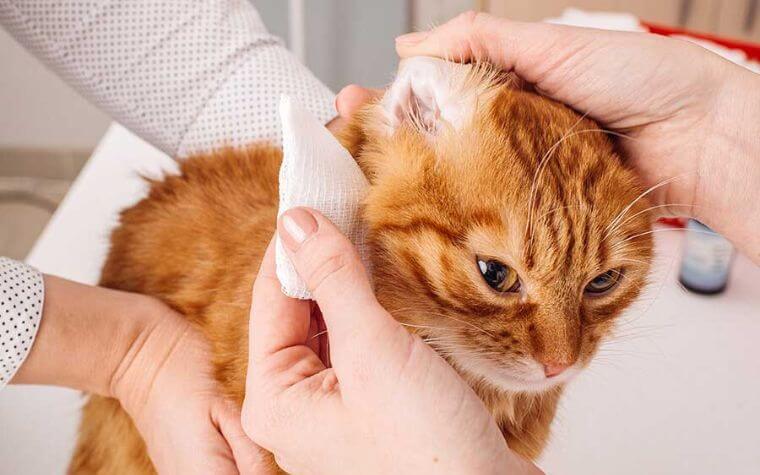
- Liquid Ear Cleaner: Helps to remove wax and debris from your cat’s ears and prevent infections. Regular ear cleaning can help prevent ear mites and other common ear problems.
5. Dental Care Tools
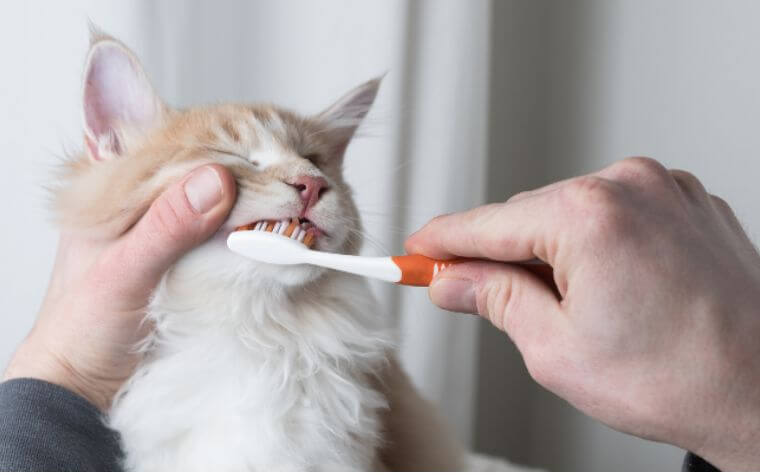
- Toothbrush: A small, soft-bristled brush designed for cats. Regular brushing can help prevent dental diseases, which are common in cats.
- Toothpaste: Cat-specific toothpaste, often flavored to appeal to cats, helps in maintaining oral hygiene. Human toothpaste should never be used, as it can be toxic to cats.
6. Grooming Wipes
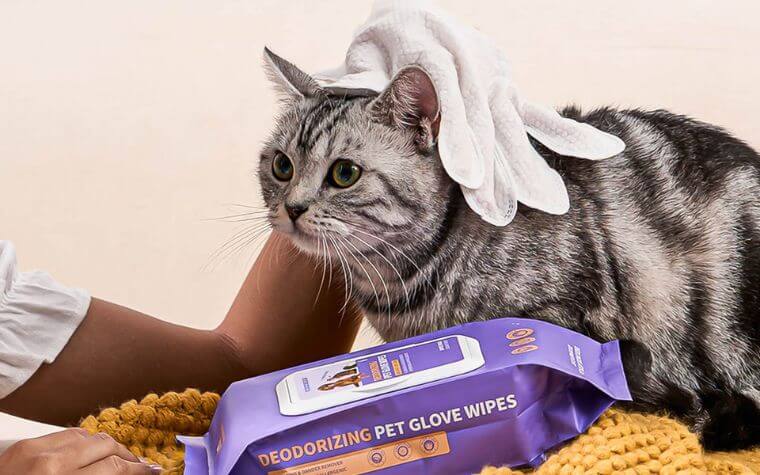
- Wipes: Useful for quick clean-ups, especially for hairless breeds or between baths. They can also be handy for cleaning around the eyes and ears.
7. Grooming Table or Mat
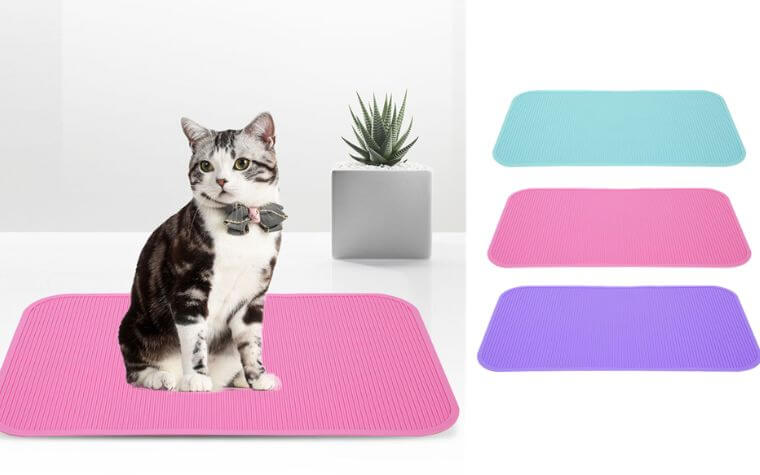
- Non-Slip Mat: Provides a stable surface for cat grooming, making the process easier for both you and your cat. A dedicated grooming area can help your cat feel more secure and reduce stress.
Also Read:- Top 10 Cutest Cat Breeds You’ll Want to Adopt
How to Groom Your Cat: Step-by-Step Guide
Cat Grooming your cat can be a rewarding experience if done correctly. Here’s a step-by-step guide to help you through the process:
1. Brushing Your Cat’s Coat
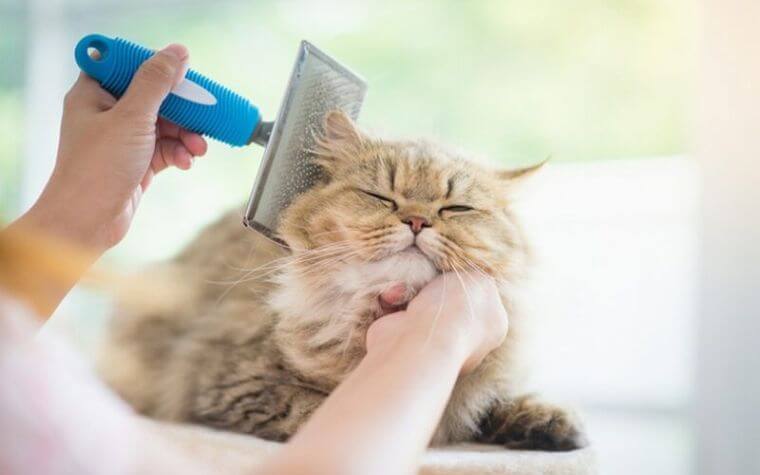
- Step 1: Choose the right brush for your cat’s coat type.
- Step 2: Gently brush in the direction of hair growth to avoid causing discomfort.
- Step 3: Start with the back and sides, then move to the belly, chest, and legs.
- Step 4: Be gentle around sensitive areas like the face and tail.
- Step 5: Use a wide-tooth comb to detangle any knots in long-haired cats.
Important Note: Regular brushing reduces shedding and hairballs, especially in long-haired breeds. It also allows you to check for signs of fleas, ticks, or skin problems.
2. Bathing Your Cat
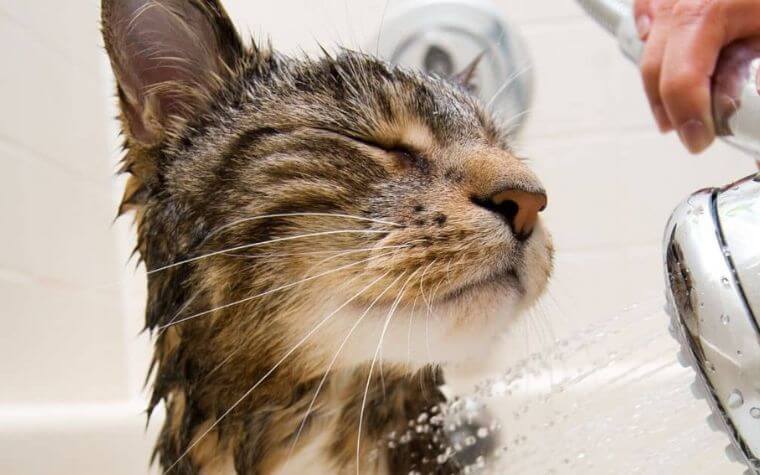
- Step 1: Gather all the necessary supplies before starting the bath.
- Step 2: Use lukewarm water and a cat-specific shampoo.
- Step 3: Wet your cat’s fur thoroughly, avoiding the face.
- Step 4: Apply shampoo and gently massage it into the coat.
- Step 5: Rinse thoroughly to remove all shampoo residues.
- Step 6: Towel-dry your cat, or use a hairdryer on a low setting if your cat tolerates it.
Important Note: Not all cats need regular baths. Only bathe your cat when necessary, such as when they are particularly dirty or have a skin condition. Regular bathing can be stressful for cats, so it’s best kept to a minimum.
3. Trimming Your Cat’s Nails

- Step 1: Gently hold your cat’s paw and press the pad to extend the nails.
- Step 2: Identify the quick (pink part) and avoid cutting it to prevent bleeding.
- Step 3: Trim the tips of the nails with clippers, taking care not to cut too close to the quick.
- Step 4: If your cat is resistant, try trimming just one or two nails at a time and finish the rest later.
Important Note: Regular nail trimming prevents overgrowth and reduces the risk of nails becoming caught in fabrics or furniture. It also helps to keep your cat from scratching excessively.
4. Cleaning Your Cat’s Ears

- Step 1: Inspect your cat’s ears for dirt, wax, or signs of infection.
- Step 2: Apply a few drops of ear cleaner into the ear canal.
- Step 3: Gently massage the base of the ear to loosen debris.
- Step 4: Use a cotton ball or soft cloth to wipe away the dirt. Avoid using cotton swabs as they can push debris further into the ear.
Important Note: Regular ear cleaning helps prevent ear infections and mites. Check your cat’s ears weekly and clean them as needed.
5. Dental Care for Cats

- Step 1: Introduce your cat to the toothbrush by letting them sniff and lick it.
- Step 2: Apply a small amount of cat-specific toothpaste to the brush.
- Step 3: Gently lift your cat’s lip and brush the teeth in a circular motion.
- Step 4: Focus on the back teeth where tartar buildup is most common.
Important Note: Dental care is crucial for preventing gum disease and tooth decay, which are common in cats. Regular brushing can significantly improve your cat’s oral health and overall well-being.
6. Checking and Cleaning Your Cat’s Eyes
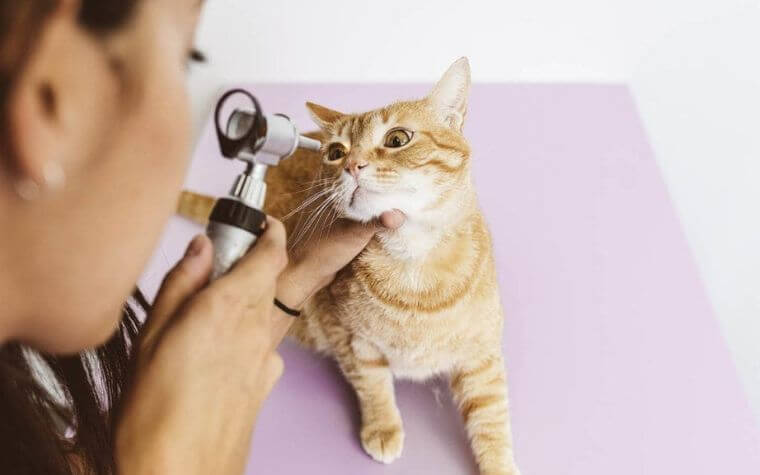
- Step 1: Inspect your cat’s eyes for any discharge or signs of irritation.
- Step 2: Use a damp cotton ball to gently wipe away any debris from the corners of the eyes.
- Step 3: Use a separate cotton ball for each eye to avoid spreading any potential infection.
Important Note: Regular eye cleaning helps prevent infections and keeps your cat’s eyes clear and healthy. Always use a gentle touch when cleaning around the eyes.
Also Read:- The 10 Poisonous and Toxic Foods That Can Kill Your Cat
Special Cat Grooming Considerations for Different Breeds
Different cat breeds have unique grooming needs. Here’s how to cater to some popular breeds:
1. Persian Cats

- Coat Care: Requires daily brushing to prevent mats and tangles. Their thick, long coats can easily become knotted if not regularly maintained.
- Eye Care: Regularly clean the eyes to remove tear stains, a common issue in Persians. The breed’s flat face can lead to excessive tearing.
- Bathing: Persians benefit from regular baths to maintain their thick, long coat. This helps to reduce oil buildup and keeps their fur looking fresh.
2. Maine Coon Cats

- Coat Care: Their thick, double coat needs regular brushing, especially during shedding season. A good grooming routine can help keep their coat in top condition.
- Ear Care: Check and clean their large ears regularly to prevent wax buildup. Maine Coons have distinctive tufted ears that can harbor dirt.
- Nail Care: Trim nails frequently as Maine Coons tend to have larger, stronger claws. Keeping their nails trimmed can prevent scratching and injury.
3. Siamese Cats
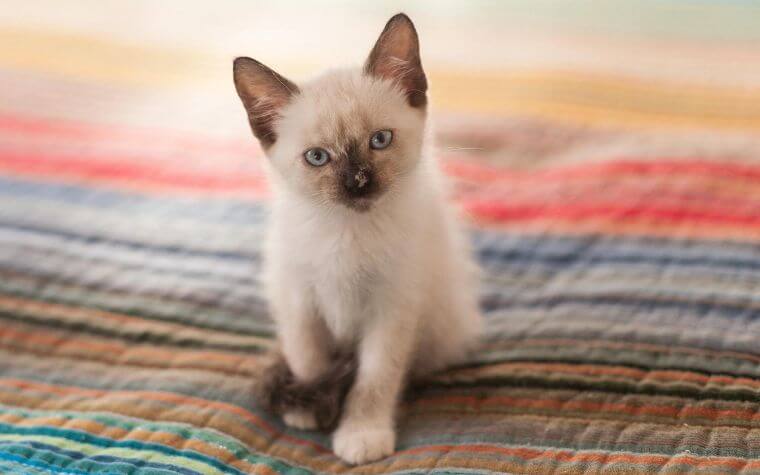
- Coat Care: Siamese cats have short coats that are easy to maintain with weekly brushing. Their sleek, fine fur doesn’t mat easily, but regular cat grooming can help keep it in top shape.
- Oral Care: Siamese cats are prone to dental issues, so regular brushing is essential. Pay extra attention to their oral hygiene to prevent problems.
- Bathing: Occasional baths are sufficient to keep their sleek coat clean. Siamese cats are generally less tolerant of water, so keep baths short and stress-free.
4. Ragdoll Cats
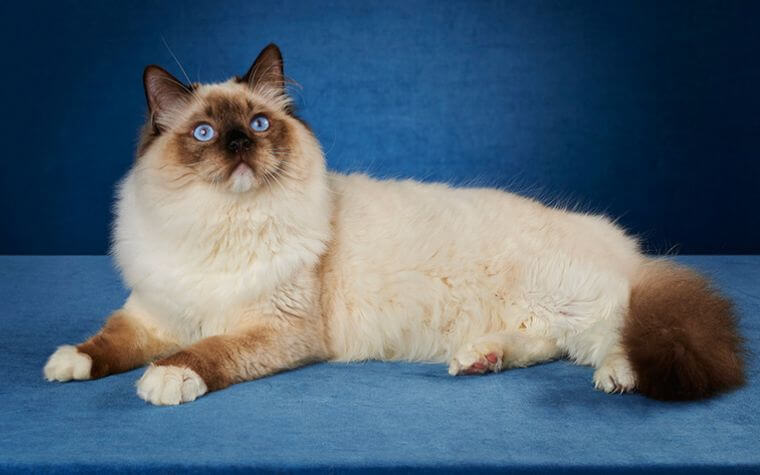
- Coat Care: Regular brushing is needed to keep their semi-long coat free from tangles. Ragdolls have a plush coat that benefits from consistent cat grooming.
- Bathing: Ragdolls are generally calm during baths, making it easier to keep their coat clean. Regular baths can help to manage shedding.
- Nail Care: Like all long-haired cats, regular nail trims are important. Keeping their nails short can help to prevent accidents and injuries.
Also Read:- Mysterious Facts About The Chausie Cat Breed
Dealing with Common Cat Grooming Challenges
Grooming can sometimes be challenging, especially if your cat is not used to the process. Here are some tips to overcome common grooming challenges:
1. Handling a Nervous or Resistant Cat

- Tip 1: Start grooming sessions gradually to build your cat’s comfort level. Begin with short sessions and gradually increase the time as your cat becomes more accustomed.
- Tip 2: Use treats and praise to reward your cat for staying calm. Positive reinforcement can make a big difference in how your cat perceives grooming.
- Tip 3: Keep sessions short and positive, gradually increasing the duration as your cat becomes more comfortable. Patience and consistency are key to success.
2. Removing Mats and Tangles
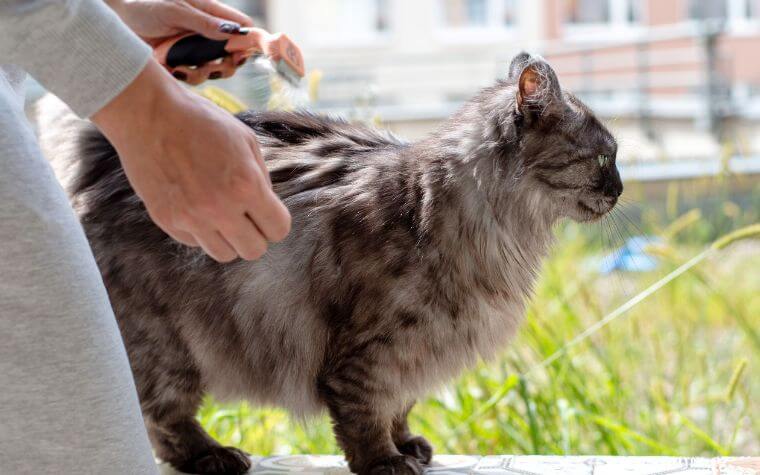
- Tip 1: Use a wide-tooth comb to gently work through the mat, starting from the edges. Be patient and avoid pulling on the mat, which can hurt your cat.
- Tip 2: If the mat is severe, consider using a detangling spray or taking your cat to a professional groomer. Sometimes, a professional touch is needed to safely remove stubborn mats.
- Tip 3: Prevent mats by brushing your cat’s coat regularly. Keeping up with cat grooming can help to avoid the formation of painful mats and tangles.
3. Bathing a Reluctant Cat
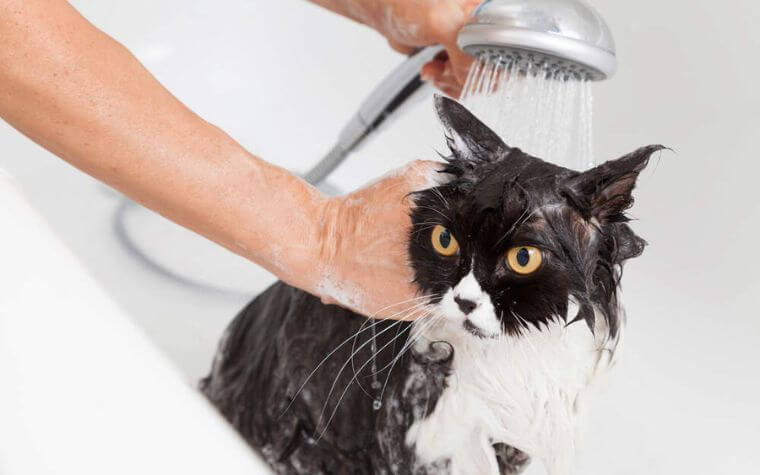
- Tip 1: Introduce your cat to water slowly, starting with wetting their paws before moving to full baths. Getting your cat used to the sensation of water can make bath time less stressful.
- Tip 2: Use a non-slip mat in the tub to make your cat feel more secure. This can help to reduce anxiety and make the bathing experience more pleasant.
- Tip 3: Keep the water level low and use a gentle stream to rinse. Loud or forceful water can be scary for cats, so try to keep everything as calm as possible.
Conclusion the Benefits of Regular Cat Grooming
Regular cat grooming is more than just keeping your cat looking good; it plays a vital role in their overall health and well-being. By investing time in understanding your cat’s grooming needs and creating a routine that works, you can help your feline friend enjoy a healthier, happier life.
Cat Grooming also strengthens the bond between you and your cat, turning what could be a chore into a positive, rewarding experience for both of you. Whether it’s brushing, bathing, or just a simple nail trim, the effort you put into grooming your cat is an important part of responsible pet ownership.
